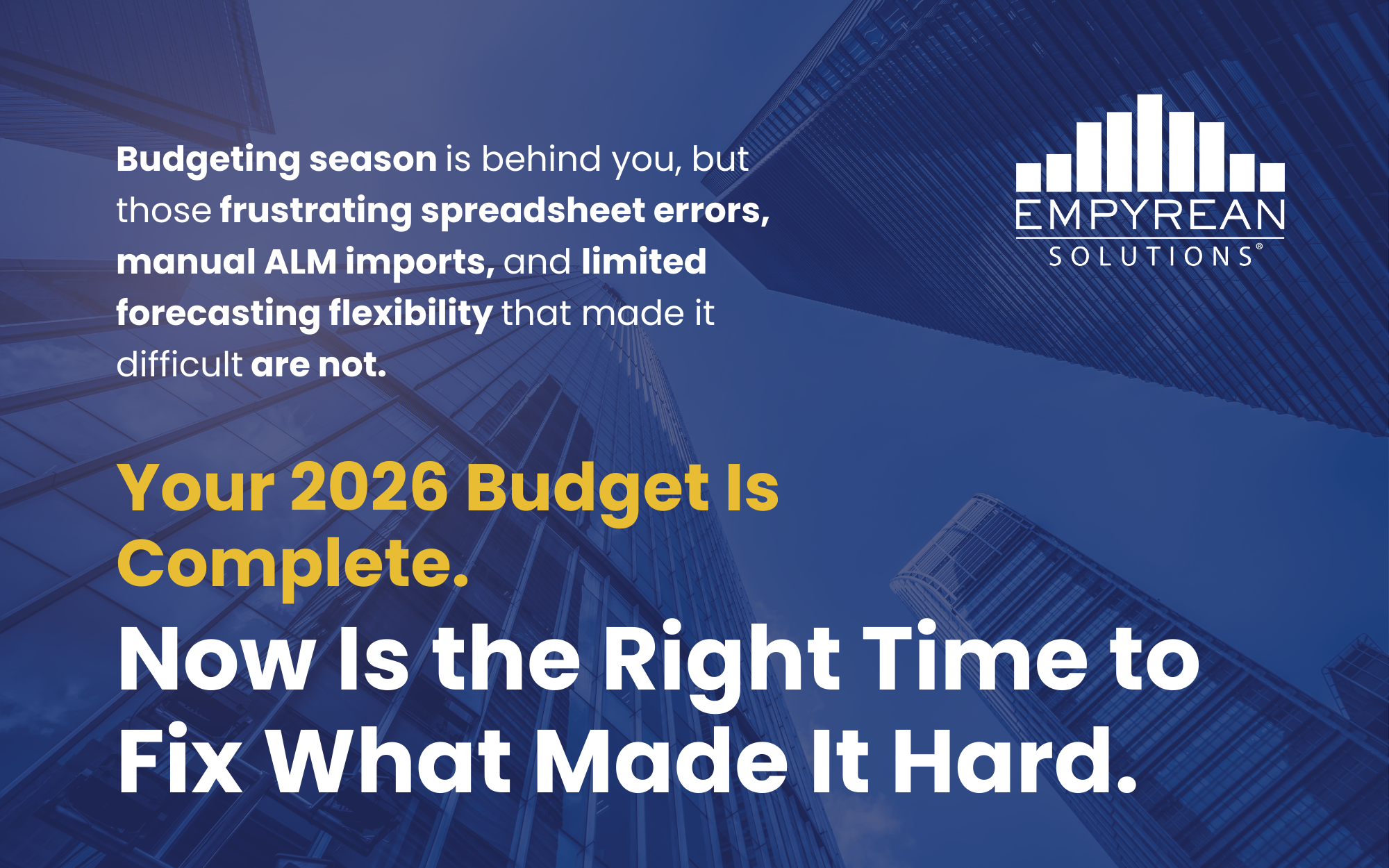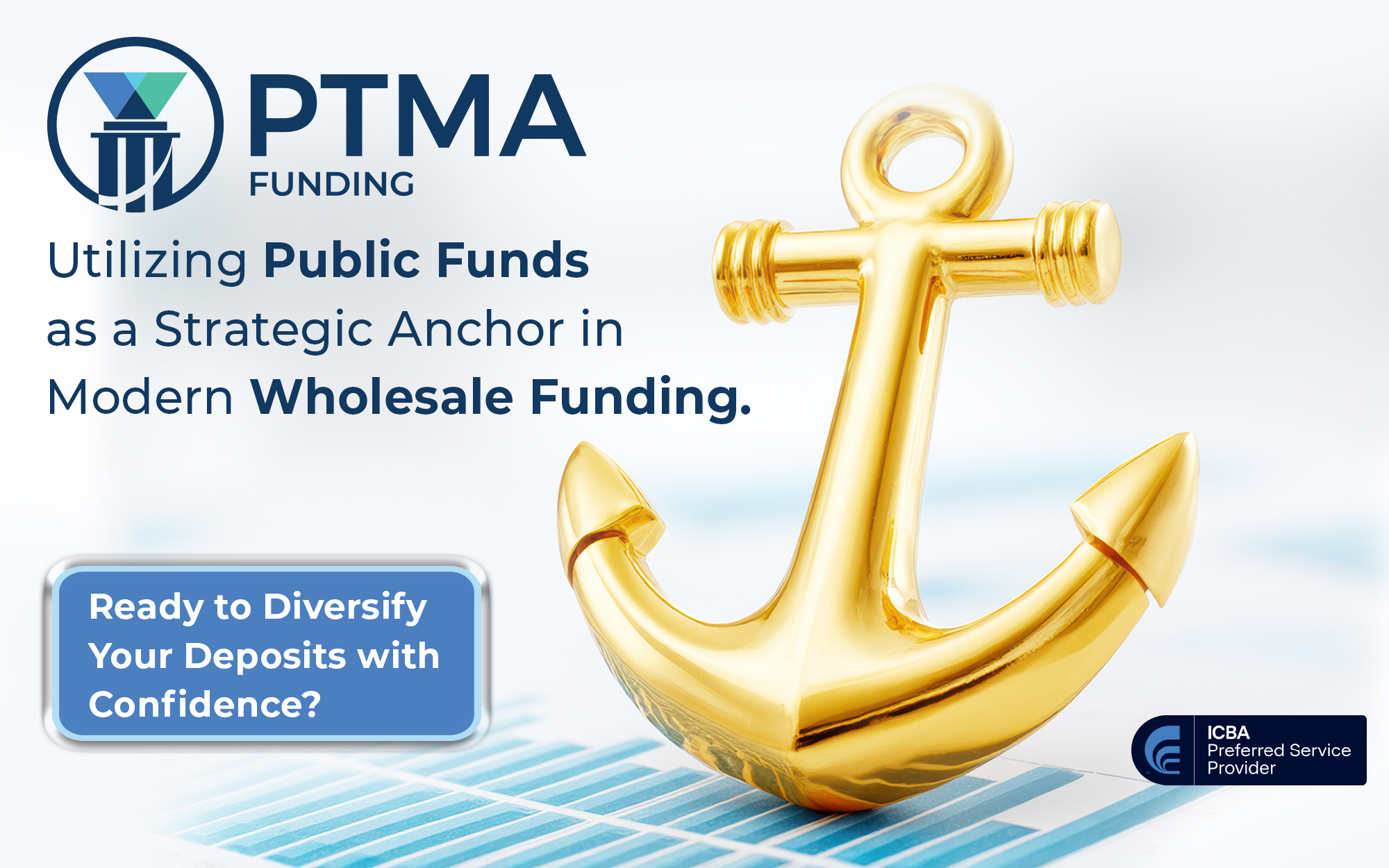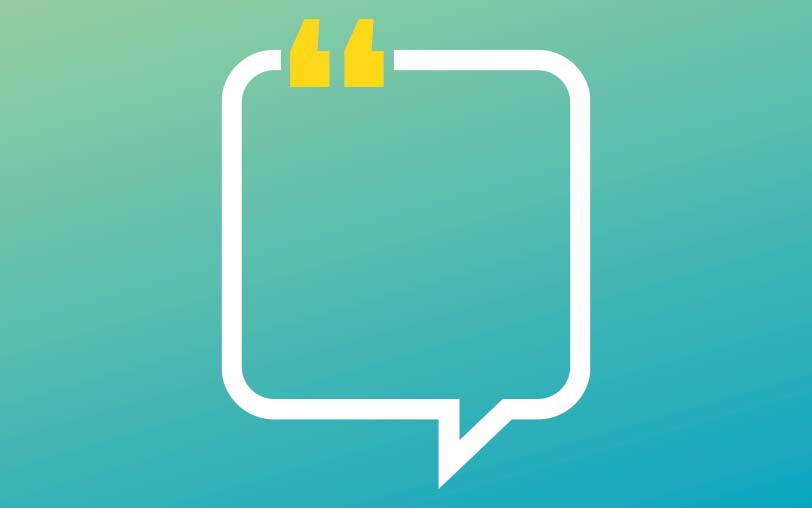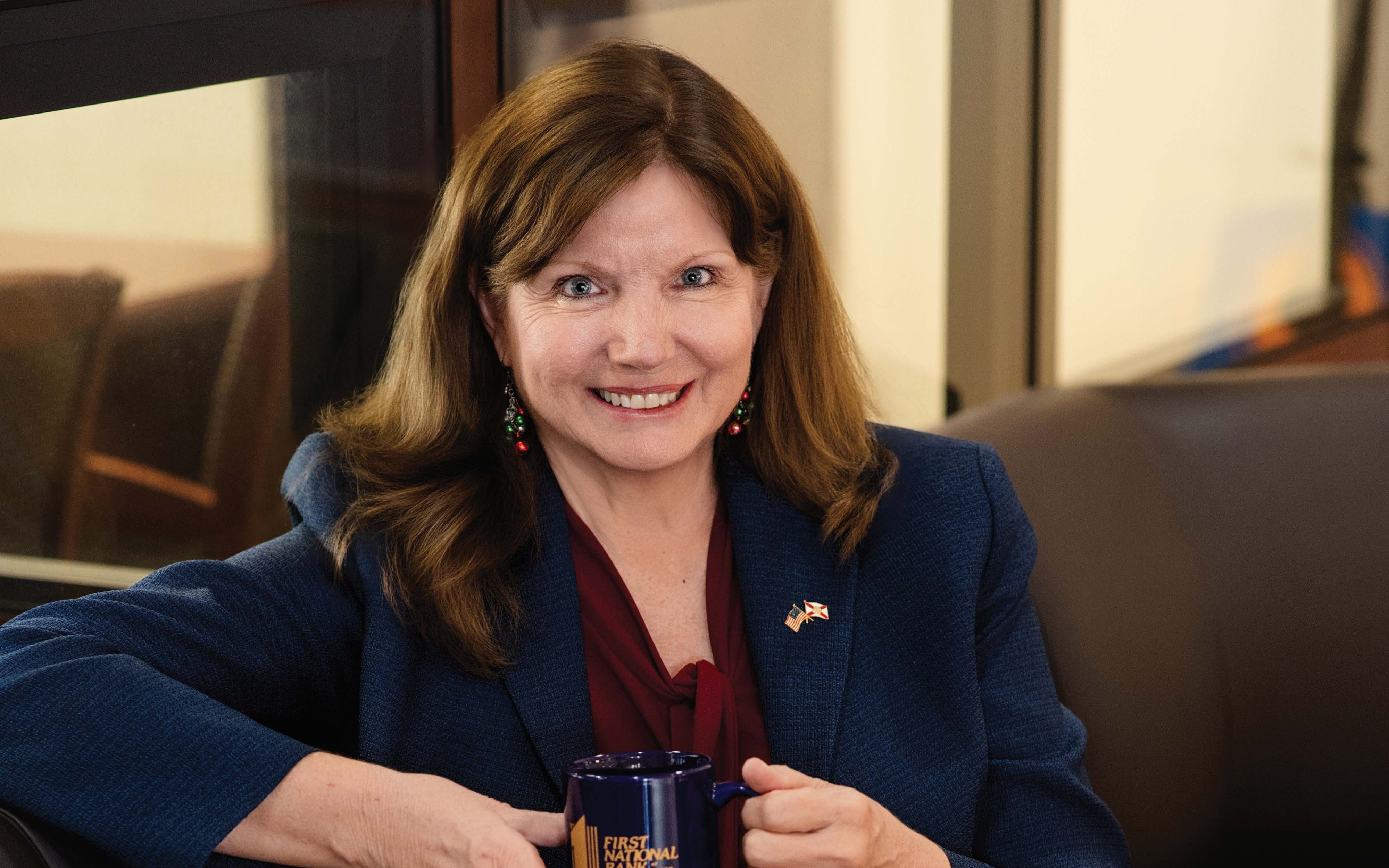Forget toasters. Community banks are standing out from the competition and luring new customers with innovative incentives.
What’s in your bank’s swag bag?
April 01, 2019 / By Kelly Pike
Forget toasters. Community banks are standing out from the competition and luring new customers with innovative incentives.
Everything in banking is cyclical—even the swag.
While banks of yore gave out toasters to new account openers, today’s community banks are once again attracting new customers by offering giveaways and freebies for opening checking accounts and referrals. Ranging from tchotchkes to hundreds of dollars in cash bonuses, these programs are designed to make banks stand out in cluttered markets. Some aim to bring customers into the branch, while others are crafted to ingrain new banking habits and develop stickier relationships.
The results are surprisingly similar. At the community banks we interviewed, account-opening rates, deposits and retention have all increased.
Citizens Bank of Kansas, a $385 million-asset community bank with several locations in south central Kansas, began a free account-opening gift promotion three years ago after reviewing the research of a bank consulting company. “We were impressed with the data that we were seeing and decided, ‘Let’s give this a try,’” says Jane Deterding, chairman of the board. “You make the accounts free, and you give out a gift that draws in the customers just like the good old days.”
As part of the program, Citizens Bank sends out direct mail every eight weeks, each time offering a different gift for opening an account. It decorates its lobbies to tie into the theme.
“It’s interesting to see what people like,” says Deterding, who reports that a reversible umbrella and a small pop-up tent that folds into a compact circle were two “very, very popular” gifts. Other promotions have included fleece blankets, slow cookers, car safety kits, car wash kits and folding camping chairs. Each gift typically costs the bank about $17, although it initially intended to spend only $10.
The program has proven effective in Citizens Bank’s Wichita branches as well as at its four rural branches, where new customers are harder to come by, since not many new people move to the area.
“We are doing great as far as customer growth, retention and average balance,” says Deterding.
It’s not enough to offer the gift, though. Deterding says staff must also be trained to understand all the bank’s account options and ask key questions to direct customers to the most appropriate product.
3 out-of-the-box freebies community banks are offering
Charitable contributions.
Tompkins Mahopac Bank in Mahopac, N.Y., offers customers a $200 cash bonus and a $50 donation to their choice of one of nine local community organizations when they open a qualifying checking account at the $1 billion-asset bank.
Service subscriptions.
Salem Five Cents Savings Bank in Salem, Mass., gives customers a choice of five different monthly subscription services for one year, worth up to $14.95 a month, when they open a qualifying checking account. The $5 billion-asset community bank offers options like Netflix, Spotify or Harry’s. Customers need to use their bank debit card to enroll in the service and will be reimbursed.
Gym memberships.
Customers of Community Bank & Trust, a division of $1.3 billion-asset Cedar Rapids Bank & Trust in Waterloo, Iowa, enjoyed a free gym membership when they opened a checking account and met minimum requirements. The community bank deposited one year of gym membership fees into the account, and the customer set up the membership so that it’s withdrawn from the account.
Breaking the tie
Metairie Bank in southeast Louisiana views its thank-you gift for opening a checking account or referring a new checking customer as a way to differentiate it from other banks in its market that don’t give new customers anything. Every eight weeks, the bank swaps in a different gift ranging from a panini sandwich maker to a BBQ set. The most popular items are duffel and gym bags, notes John LeBlanc, senior vice president and chief financial officer at the $400 million-asset community bank.
“It’s not the reason why somebody comes in,” he says. “All it’s meant to be is a kind of tiebreaker if there are five banks on this stretch of highway.”
“It’s not the reason why somebody comes in. All it’s meant to be is a kind of tiebreaker if there are five banks on this stretch of highway.”
—John LeBlanc, Metairie Bank
Before implementing the program, Metairie Bank analyzed every basic checking account in its competitive market, from fees to minimum balances.
If the community bank wanted to offer the best account, it would need free internet banking, ATM withdrawals and debit cards, LeBlanc says. The free gift was meant to be the cherry on top.
“If someone didn’t know if they wanted to use a local community bank or a megabank, and the products were similar and our bank was offering a gift, they’d probably stop in and pick up the free gift just for the heck of it,” LeBlanc says.
Metairie Bank was right in its assumption. Account openings had been flat for five years before the bank contracted with a third party to design and send marketing pieces. It promotes the program via targeted direct mail and digital advertising. In the 30 months since the free gift program began, account openings have doubled. “It’s been successful for us,” LeBlanc says.
Sparking interest and conversation
No one expects to find a miniature game show inside a bank branch, but that’s exactly what $3 billion-asset Burke & Herbert Bank in Alexandria, Va., created with a pyramid of gift boxes during its pick-a-gift campaign in 2018.
Every branch had a display with six gift boxes, each containing a slip promising a prize ranging from branded bank swag like a travel mug or lunch cooler to gift cards worth $50 to $250, says Terry Cole, the bank’s chief marketing officer. Customers who opened a new checking account in a branch during the two-month promotion got to pick a box.
The promotion works on many levels because it sparks interest and conversation, Cole says. Customers are curious about the pyramid of gifts and are more likely to tell others about their memorable experience opening an account. Onlookers become interested when they see new people winning gift cards, and employees have a novel sales tool to engage customers.
“It creates sales team enthusiasm, helping them rally around something with a different way to engage potential customers in conversation,” says Cole, adding the bank limits the program to two months so it doesn’t “become like wallpaper. It generates energy and excitement for a period of time.”
“[Our pick-a-prize gift campaign] creates sales team enthusiasm, helping them rally around something with a different way to engage potential customers in conversation.”
—Terry Cole, Burke & Herbert Bank
The bank has found success with its annual Refer a Friend program, which also runs for a limited time. Customers and referred account openers each earn a $50 gift card when a referral opens a new account and meets minimum requirements.
“We don’t want a customer to come to us just for a thing or a chance for a $100 gift card, close the account and that’s that. We’ve got to do the selling,” Cole says.
North State Bank, an $897 million-asset business bank in Raleigh, N.C., shifted its strategy and decided to offer a cash bonus for new accounts. “People today are really looking for rewards,” says Jonathan N. Krieps, chief operations officer.
Now comparison services and websites that promote “the best checking accounts” essentially market the bank. “Our web traffic went through the roof,” says Krieps, whose bank offers $450 for opening a business checking account, $200 for a personal checking account and $50 for a nonprofit account.
The greatest fear for a bank offering a cash bonus is that customers will take the money and run, but North State Bank has avoided the problem by introducing requirements that help customers change their habits.
To get the cash, North State Bank customers must wait 90 days and meet minimum requirements within 180 days. For business accounts, that means 50 or more transactions in a statement cycle, while consumers need at least 20 non-ATM debit transactions and one direct deposit per cycle. After 180 days, customers lose the bonus, but North State Bank contacts customers to help them avoid missing out.
“We’ll call and give suggestions,” says Krieps, who reports that the increased interchange income more than makes up for the cost of the bonus. “We’ll say, ‘You can use it to pay your utility bills,’ or that ‘you’re two transactions away.’”
“You still have to perform, because $200 is not worth a bad experience with your bank. You’ve got to meet expectations, or they are going to leave.”
—Jonathan N. Krieps, North State Bank
About a year-and-a-half in, the bank is opening twice as many business and personal checking accounts. Retention is also up, helping keep low-cost deposits even when competitors are offering higher money market rates. North State Bank loses 8 percent to 9 percent of the accounts opened each year, down from 15 percent to 20 percent.
“You still have to perform, because $200 is not worth a bad experience with your bank,” says Krieps, who says excess capacity at the bank made it possible to keep pace with servicing the new accounts. “You’ve got to meet expectations, or they are going to leave.”
When ‘free’ things are worth more
It’s no secret that people like free things. But given a choice between a discount and a freebie, people will almost always choose the freebie even if the discount actually yields more or equal benefits.
Consider research published in the Journal of Marketing in 2012. Researchers created packaging and promotions for a lotion and sold it in stores. In some retail stores, researchers sold 9-ounce bottles of lotion at a 35 percent discount. In other stores, it sold 9-ounce bottles of lotion at the price of a 6-ounce bottle worth 33 percent less, and promoted it as a 6-ounce bottle that came with 50 percent more lotion for free.
Guess which bottle sold best?
The bottle with the 3 “free ounces” sold 73 percent better than the discounted bottle, even though the discounted bottle was actually a slightly better deal. The researchers concluded that “consumers are inclined to perceive add-ons such as bonus packs as gains but view price discounts as reductions in losses.”
In other words, many people might not understand fractions, but everyone understands the word “free.”
Lessons learned
While Krieps is pleased with North State Bank’s promotion, he recognizes there’s at least one thing the community bank should have done differently.
“We should have done the instant-issue debit before the promotion,” he says. “We’re about a year out. It’s better if you get ready for that stuff ahead of time, so when a customer walks out the door, you can get them using the card as soon as possible, so they don’t pull out Bank X’s card and start using it.”
Citizens Bank also made adjustments. While the bank has found success in offering incentives for both new accounts and referrals, either the month’s promotional gift or a $10 Amazon gift card, a campaign targeting parent-teacher associations didn’t take off. The bank thought PTAs could promote the bank’s accounts in exchange for a $10 gift card for each account referral, but the bank didn’t get many takers, Deterding says.
In the end, the value of a free gift may correlate with a community bank’s market. According to our sources, cash bonuses appear more common in the Northeast and in urban areas, while free gifts appear more popular in the rest of the country.
One thing remains true throughout the country, though: No one is giving out toasters.
What swag is in season?
Open a new account? Get a toaster. Or an electric blanket. Or a nifty digital clock radio.
How did banking’s giveaway mania begin? A 1960 article in Life magazine, “Our Flashy, Lovable, Open-Handed Banks,” first took note of the trend, saying that banks “have begun luring the customer with every wile and enticement at their command. In the last 10 years, promotion and advertising budgets of commercial banks have increased more than 300 percent.”
Here’s a history of those fun and fancy bank premiums through the years:
1960s: Toasters—and a whole lot more
Banks gave away, among other things, wall clocks, dinnerware, sterling silver candlestick compotes, coffeemakers, kitchen cutlery sets, lady’s billfolds, photo albums, cameras, bird-cage planters, cleaver sets and record albums. And while toasters are the gift that seem to epitomize the era, practical items like coin-collecting banks and calendars were actually handed out more.
1970s: Collectibles
Banks began experimenting with longer-term collectible promotions that allowed customers to buy items like silver belt buckles or gold pocket watches engraved with the bank’s name.
1990s: The merchandise store
Realizing that loyal customers could essentially become walking billboards for a bank’s services, bank merchandise “stores” began to spring up, making branded items like tote bags and T-shirts available to employees and customers.
Present day
The giveaway culture lives on, but some checking accounts offer premiums like airline miles and reward points, and some banks offer cash bonuses for new accounts. With points and cash, the thinking goes, people can buy their own toasters anyway.—Julie Kendrick
Subscribe now
Sign up for the Independent Banker newsletter to receive twice-monthly emails about new issues and must-read content you might have missed.
Sponsored Content
Featured Webinars
Join ICBA Community
Interested in discussing this and other topics? Network with and learn from your peers with the app designed for community bankers.
Subscribe Today
Sign up for Independent Banker eNews to receive twice-monthly emails that alert you when a new issue drops and highlight must-read content you might have missed.
News Watch Today

Join the Conversation with ICBA Community
ICBA Community is an online platform led by community bankers to foster connections, collaborations, and discussions on industry news, best practices, and regulations, while promoting networking, mentorship, and member feedback to guide future initiatives.













